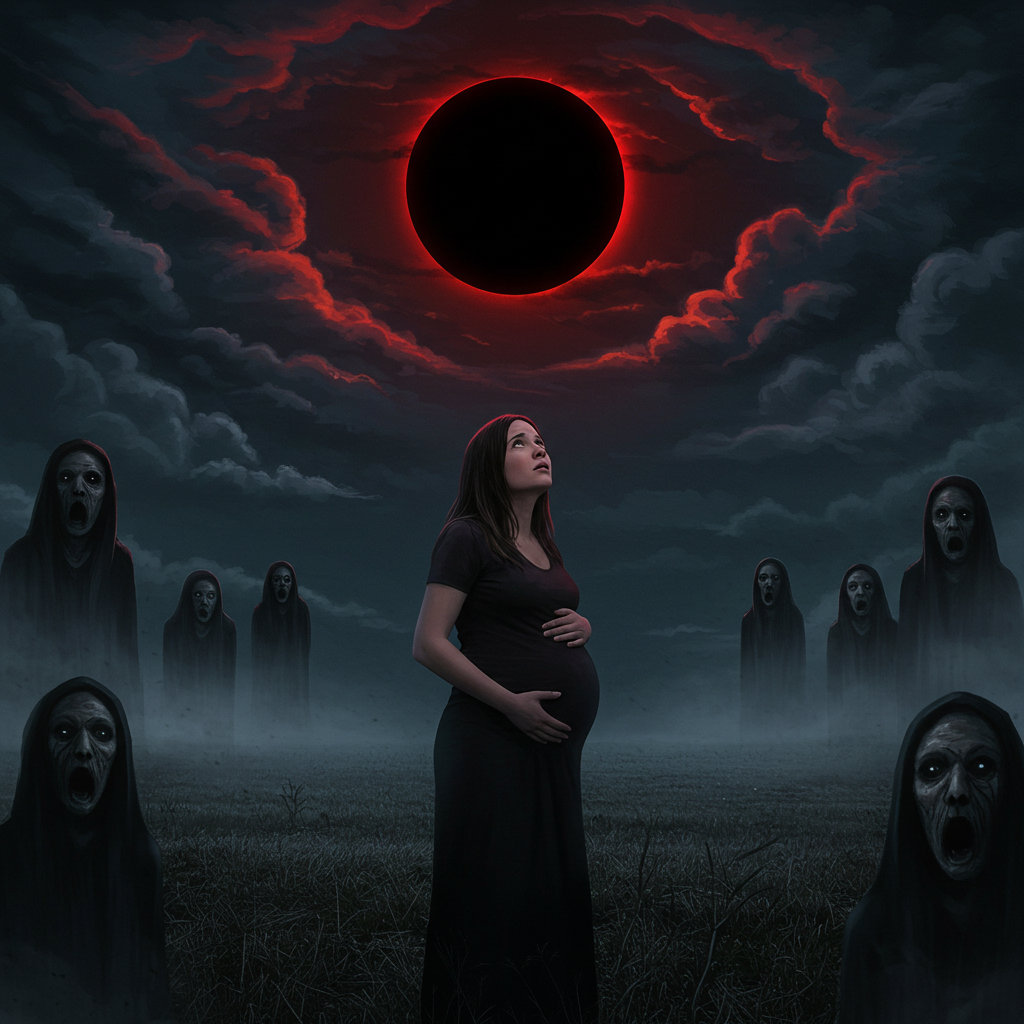The belief that a red sky at sunrise predicts storms has long been used as a form of weather forecasting. The traditional rhyme—“Red sky at morning, sailor’s warning; red sky at night, sailor’s delight”—captures this superstition, suggesting that a red morning sky means poor weather is approaching, while a red evening sky signals good weather ahead. Unlike many superstitions, this one has observable meteorological logic behind it.
In the mid-latitudes, where prevailing winds move west to east, a red sunrise in the east may indicate that clear weather has passed and a moisture-laden front is approaching from the west. The red color is caused by the scattering of sunlight by particles and moisture in the atmosphere, which becomes especially visible when the sun is low on the horizon. These conditions often precede a change in the weather.



